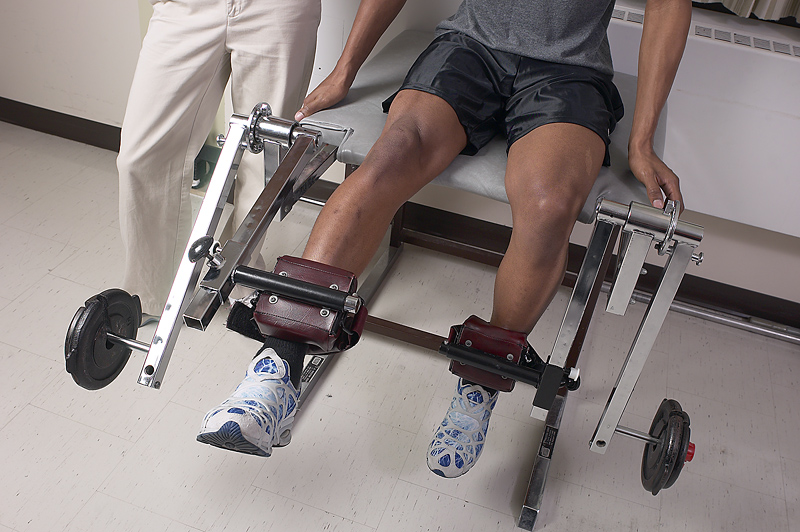
FRIDAY, May 13 (HealthDay News) — Chest compressions during chiropractic spinal manipulation result in little or no risk of chest injury, according to new research.
The study, published in the May 13 online edition of the Journal of Manipulative and Physiological Therapeutics, measured and examined the force of chest compressions ranging from typical to extremely rigorous and found all to be well under the threshold for injury.
“Results from this preliminary study showed that maximum chest compression during chiropractic manipulation of the thoracic spine is unlikely to result in injury,” lead investigator Brian D. Stemper, associate professor in the department of neurosurgery at Medical College of Wisconsin, said in a journal news release.
“We performed this study to get a better understanding of the force limits of chiropractic manipulation. This information may lead to safer manipulation procedures and help to decrease the possibility of adverse patient outcomes,” he added.
With the help of a “crash test” dummy, the researchers measured the level of chest compression used during typical chiropractic manipulation, as well as spinal manipulations in which chiropractors applied maximal effort. An instrumented mechanical device was also used to apply and measure the forces needed to perform chest compression on the test dummy. These mechanical forces were increased until they reached a point that would result in injury. The study found that both typical and maximal force manipulations by chiropractors resulted in little risk of injury.
Despite the study’s results, treatment should still be customized for individual patients, the study authors said. Stemper cautioned that “individual patient characteristics including age, degeneration and gender” should be taken into account during chiropractic manipulation.
More information
The American Chiropractic Association offers tips on ways to improve your health and prevent injuries.

